Gearing up for the next generation of cosmological simulations
- Enrico Garaldi
- 13 mag 2020
- Tempo di lettura: 2 min
Aggiornamento: 11 nov 2020
More or less three years ago, I was visiting the University of Bologna, where I got my Master Degree. During a chat with another researcher, we realized that the initial conditions code I developed during my Master could be adapted to serve a new purpose. Long story short, that code was not really suited and had eventually to be re-written, but the project was kickstarted.
Fast forward three years, today on arxiv we present our new simulation technique: Dynamic Zoom Simulation, or DZS. The basic idea is very simple: the volume and quality of data produced by forthcoming large-scale structures surveys will need a new generation of huge cosmological simulation to be interpreted. However, the size of these simulations is now so large that many simulators are starting to just save galaxies on the lightcone, i.e. those that can actually be seen in surveys.
This means that once a particles exit the lightcone, it is never used again. However, it is still needed to compute the large-scale gravitational field (in the Newtonian approximation), so it cannot be simply discarded. In our DZS technique, these particles are progressively grouped together, in order to preserve the gravitational field and, at the same time, reduce the work load, hence speeding up the simulation.
While simple in theory, there are a number of tricky technical details that had to be dealt with. But after taking care of them, we managed to speed up the Gadget3 code by 50% in a large dark matter only run. Projecting our results to the size and resolution of the largest simulations available, we predict a speed-up of a factor 3-4. Finally, DZS can be easily expanded to all particle-based field, promising large performance boosts in hydrodynamical simuations.

Left: Schematic view of a numerical simulation. The gray area below the curved lines shows regions of space outside of the lightcone that are simulated in traditional codes but then discarded.

Right: Same initial conditions run with the standard Gadget code (STD) and with DZS. The dashed line indicates the lightcone radius. All structures inside are preserved, while outside of the lightcone only the large scales are the same, while the resolution is greatly reduced in the DZS run.

Left: Relative difference in the sky-projected matter density (top) and angular power spectrum (bottom) in the standard and DZS run of the same initial conditions.

Commenti